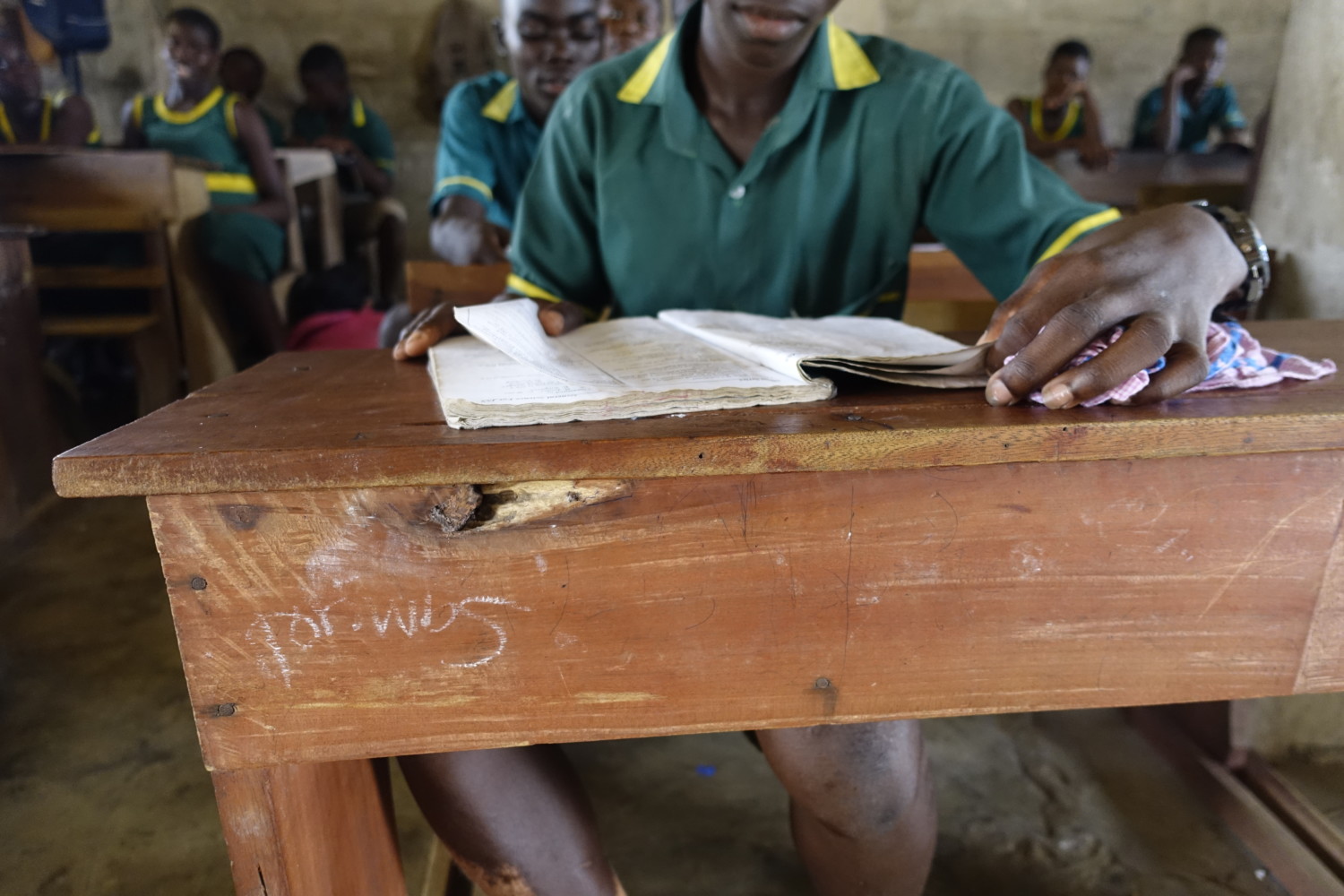Recap of a Rescue, 40+ Children Saved from Modern Slavery in 2015
In the week traversing Lake Volta in October 2015, the Challenging Heights Field Operations Team rescued 24 children from forced hazardous labour. This comes after a similar rescue in March with nearly as many children saved. With tips from villagers, the team found the children in fourteen different remote communities across the lake.
Before the mission began, covert investigations took place to locate the children whom Challenging Heights had been requested to bring back to their families.
After the drive from Winneba, the field team stopped in a small town about an hour from Yeji to prepare the temporary shelter where the children would be taken during the rescue.
Once the Field Team arrived in Yeji, which is a main corridor for trade and travel on Lake Volta, they spent a day visiting local authorities. The team needed local police, the Navy, and Social Services to be aware of the rescue mission and make sure they were prepared to step in with force if traffickers refused to return a child. The local departments were all supportive of Challenging Heights’ mission. Two Yeji-local staff members prepared the boat for its journey, securing fuel and supplies.
During the first full day in Yeji, some members of the team were on the lakefront and noticed a boy wearing ratty clothing and eating from a small bag on the ground. Stephen, the Field Team Manager, called him over and asked him questions about where he was from and what he was doing. Hearing that the boy was from Winneba but working on the lake with relatives, Stephen knew that he had been trafficked. The boy was hungry and said he would do extra chores for women near the lakefront to get extra food in the evenings. The boy was taken to the Challenging Heights temporary shelter as Stephen and team went to meet with the trafficker and summon him to Winneba.
On day two, a rain delay meant only a couple stops were made, but the children who were meant to be found were not at the villages. The team stayed in a small village on the lake that night and cooked food they brought.
Wake-up on day three kicked off many stops at different communities in search of a few children. Two boys were rescued from separate places and taken to the temporary shelter.
When the field team tried to negotiate for children at the first village on day four, community members challenged them and even tried to start an altercation. The rescue team retreated and sought out escort backup from the Navy. Four officers joined the team on their boat and went back to the community. The Navy officers had to physically defend against community members who challenged getting the children during the first visit. The navy officers gave warning to the communities that they are not allowed to hinder Challenging Heights’ rescues. After searching many villages and communities, with members telling the team that certain children were not there, the team found four children in four different communities. One child was spotted by a Navy officer and it was determined that he, too, had been trafficked. Social services allowed Challenging Heights to take the child into safety at the temporary shelter.
After the previous day’s need for authoritative force, two Ghana Police officers joined the rescue team on the fifth day. Three children were rescued and taken to the Challenging Heights temporary shelter.
On Sunday, no police or navy escort joined the team, but five children were rescued from five different communities.
Two children were found on day seven, with help of the Yeji social welfare officer. The officer had identified them earlier in the week and Stephen and team then followed up to figure out where to find the two. The social welfare officer gave directions to where the villages of the two were located and called the informant to let them know CH was coming. They were not on the initial list, but it was determined that they had been trafficked and were then rescued. The team searched many villages to find the other two who were on the CH list.
On the last day of searching, the team located two children, but their traffickers had already sent them on a bus back toward the Central Region. The children were tracked down by Challenging Heights staff once they were in Winneba and they were taken to the Hovde House Rehabilitation Shelter when the rest of the children arrived on the bus from Yeji.
With a more-than 10 hour drive, the field team returned to the Central Region with children aged 6 to 16. Others who were sent home just before Challenging Heights arrived to rescue them were also taken to be cared for at the Hovde House.
In the days following the rescue, family members and traffickers made their way to the Challenging Heights office in Sankor, Winneba, to plead their cases as to why their children were sent to Lake Volta, and oftentimes, claiming they did nothing wrong. The law, though, reminds them that child trafficking of any kind is illegal. They were informed of any restitution or potential jail time they face and are warned not to send children into forced labour on Lake Volta.
Parents, siblings and grandparents are shuttled to the Hovde House to visit their children, some of whom haven’t seen each other for many years and may not even recognise each other.
The children join another couple dozen former slave children as they begin their pathway to education, health and self-sufficiency.
